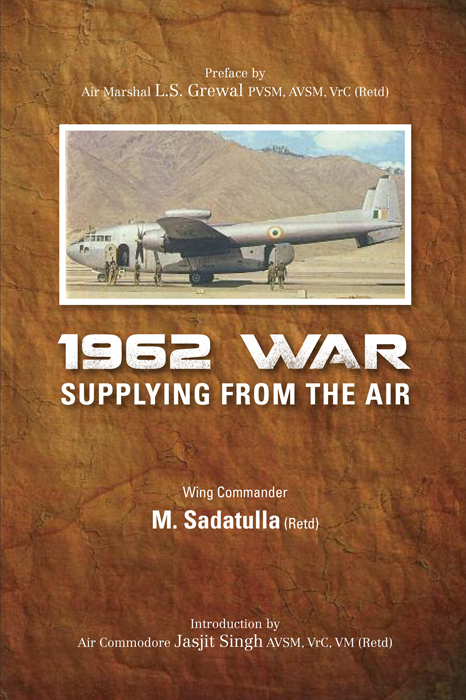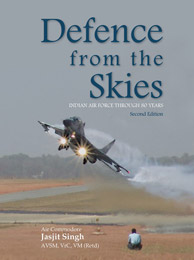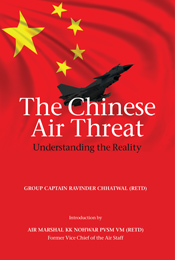Subjects
Recent View(s)
1962 War: Supplying from the Air
M Sadatulla
There was a time, when the high and mighty Himalayas all along our northern borders were considered to be impregnable, making India safe from any aggression from the north. But, unfortunately, the myth of the Himalayan infallibility was shattered by the late Fifties, when the Chinese started making aggressive moves all along our Himalayan border and the threat from the north was looming large, from Ladakh in the west to the North-East Frontier Agency (NEFA) in the east.
Thus, the Army had to spread out and deploy all over one of the highest, most inhospitable and desolate places on earth necessitating the stupendous task of airlift to provide it logistic support. A task that becomes even more commendable when we consider that this was done half a century ago when the Air Force was smaller, resources were meagre and the biggest aircraft available for the task was the Packet, a twin-piston engine aircraft with a limited ceiling.
Much of the credit for the airlift operations under such difficult conditions goes to the late Air Marshal L.S. Grewal, then a Wing Commander, who led the operations from the front with his dedication, courage and flying ability.
But, unfortunately, before the Army could fully prepare the defences along the border, in October 1962, the Chinese, crossed our eastern border in NEFA and took the Indian Army by surprise. Though the Air Force responded to the Army’s request promptly and dropped tons of equipment and rations, the Chinese thrust was so sudden and overwhelming that the Army had to retreat in terrible haste and total chaos, and having no time to pick up the supplies from the dropping zones, had to abandon them where they were.


 Political Science
Political Science



